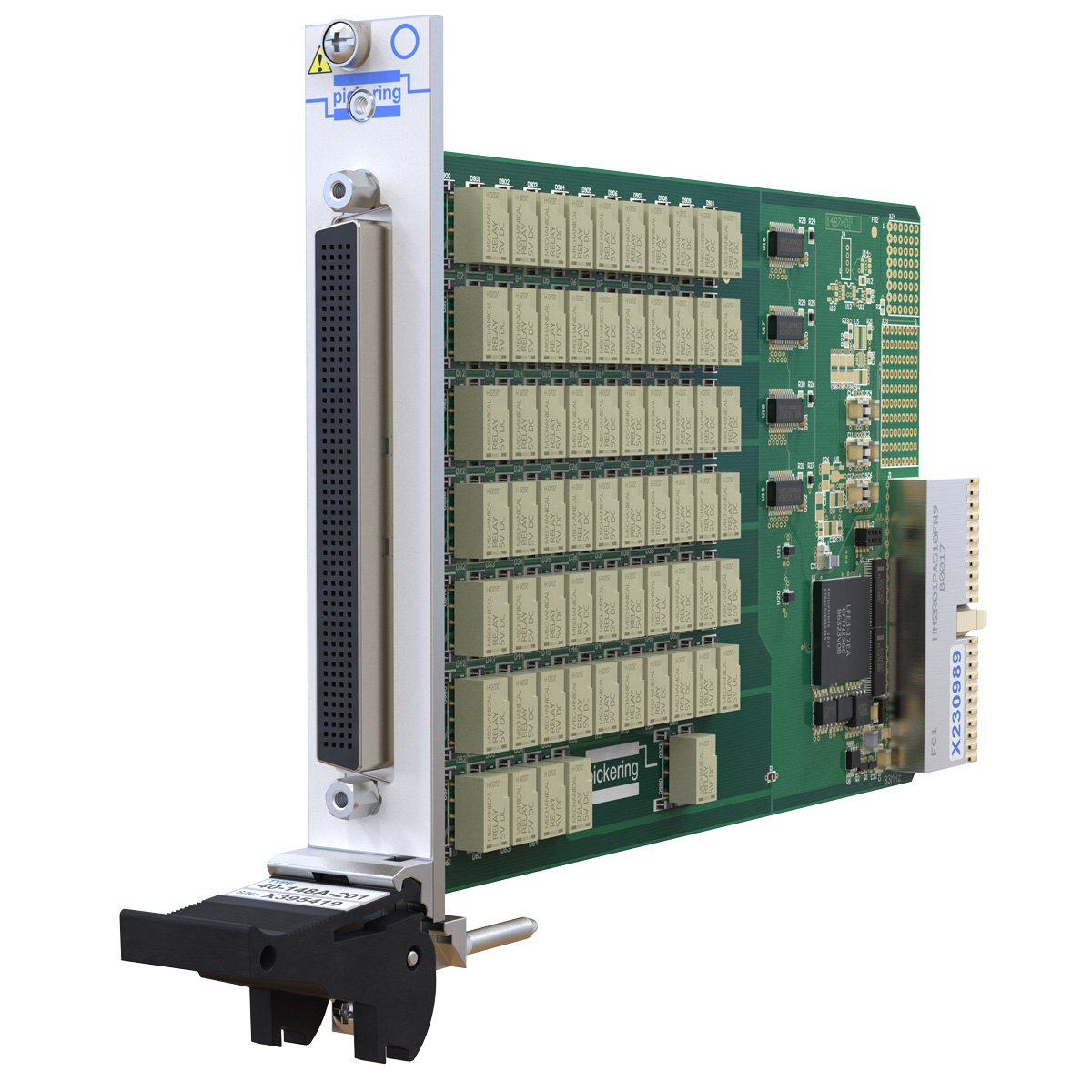Relays are essential components in various industries, enabling the control and automation of electrical circuits. They act as switches, allowing the flow of current to be controlled by an external signal. In this article, we will delve into the world of relays and explore two distinct types: electromagnetic relays and solid-state relays. By understanding their differences, applications, and advantages, we can gain valuable insights into their practical uses.
- Electromagnetic Relays:
Electromagnetic relays are the traditional type of relays that have been widely used for decades. They consist of a coil, an armature, and a set of contacts. When an electric current passes through the coil, it generates a magnetic field that attracts the armature, causing the contacts to close or open. This mechanical action allows the control of high-power circuits using low-power signals.
Applications:
- Power systems: Electromagnetic relays are commonly employed in power distribution systems to protect against overloads, short circuits, and ground faults. They provide reliable and fast response to ensure the safety and stability of the electrical grid.
- Industrial automation: These relays are extensively used in industrial control systems to manage motors, pumps, and other heavy machinery. Their robustness and ability to handle high currents make them suitable for demanding environments.
- Automotive industry: Electromagnetic relays play a crucial role in automotive applications, such as controlling headlights, windshield wipers, and starter motors. They provide reliable switching capabilities, ensuring proper functioning of various electrical systems in vehicles.
Advantages:
- High current and voltage handling capacity: Electromagnetic relays can handle large currents and voltages, making them suitable for applications requiring high power.
- Mechanical isolation: The physical separation between the control circuit and the switched circuit provides electrical isolation, enhancing safety and preventing interference.
- Solid-State Relays:
Solid-state relays (SSRs) are a newer type of relay that utilize semiconductor devices, such as thyristors or transistors, to perform the switching operation. Unlike electromagnetic relays, SSRs have no moving parts, resulting in faster switching speeds and improved reliability. They consist of an input optocoupler, a triggering circuit, and an output switching device.
Applications:
- Heating and temperature control: SSRs are commonly used in applications that require precise control of heating elements, such as in ovens, furnaces, and industrial processes. Their fast response and accurate switching capabilities enable efficient temperature regulation.
- Medical equipment: SSRs find application in medical devices, such as patient monitoring systems and diagnostic equipment. Their noiseless operation, compact size, and high reliability make them suitable for sensitive medical environments.
- Photovoltaic systems: SSRs are utilized in solar power systems to control the flow of electricity from the solar panels to the grid or battery storage. Their ability to handle high switching frequencies and provide isolation enhances the efficiency and safety of the system.
Advantages:
- Fast and silent operation: SSRs have no mechanical parts, resulting in virtually silent switching and faster response times.
- Longevity and reliability: The absence of moving parts reduces wear and tear, increasing the lifespan and reliability of SSRs.
- Compact size and vibration resistance: SSRs are compact in size, making them suitable for applications with space constraints. Additionally, they are resistant to vibrations, making them ideal for harsh environments.
Conclusion:
Relays are indispensable components in various industries, enabling efficient control and automation of electrical circuits. By understanding the differences between electromagnetic relays and solid-state relays, we can select the most suitable type for specific applications. Electromagnetic relays excel in high-power and robust environments, while solid-state relays offer faster switching speeds and enhanced reliability. Both types have their unique advantages, making them valuable assets in modern technological advancements.

